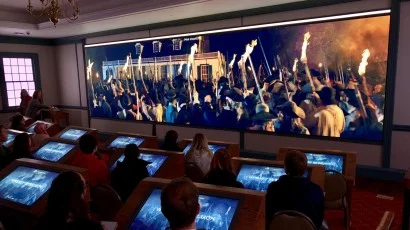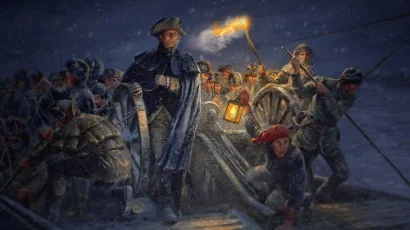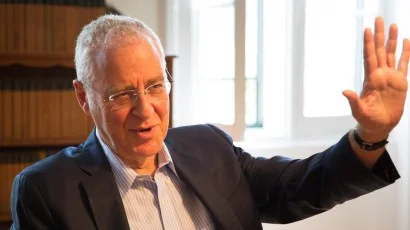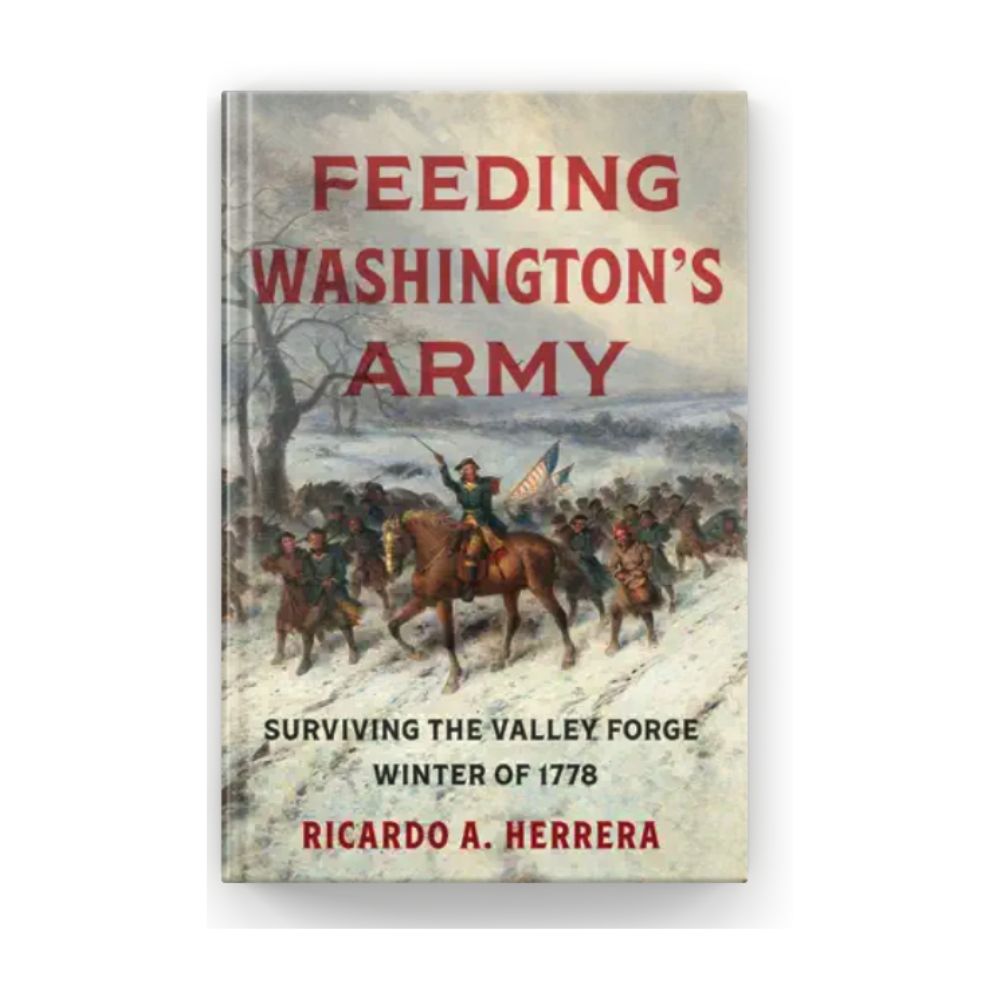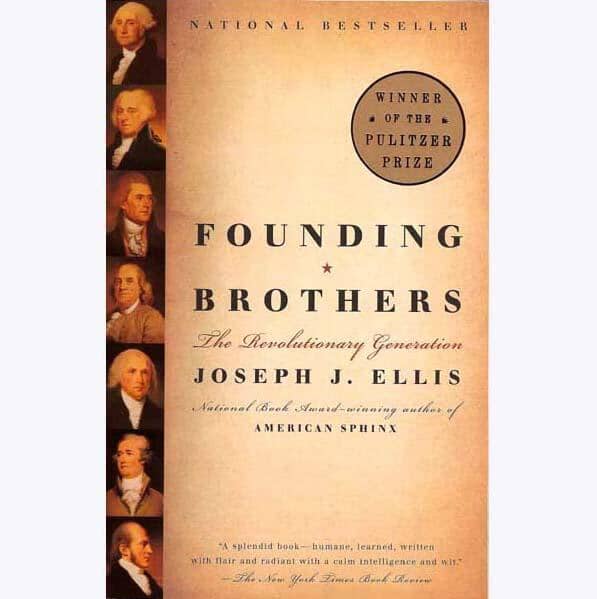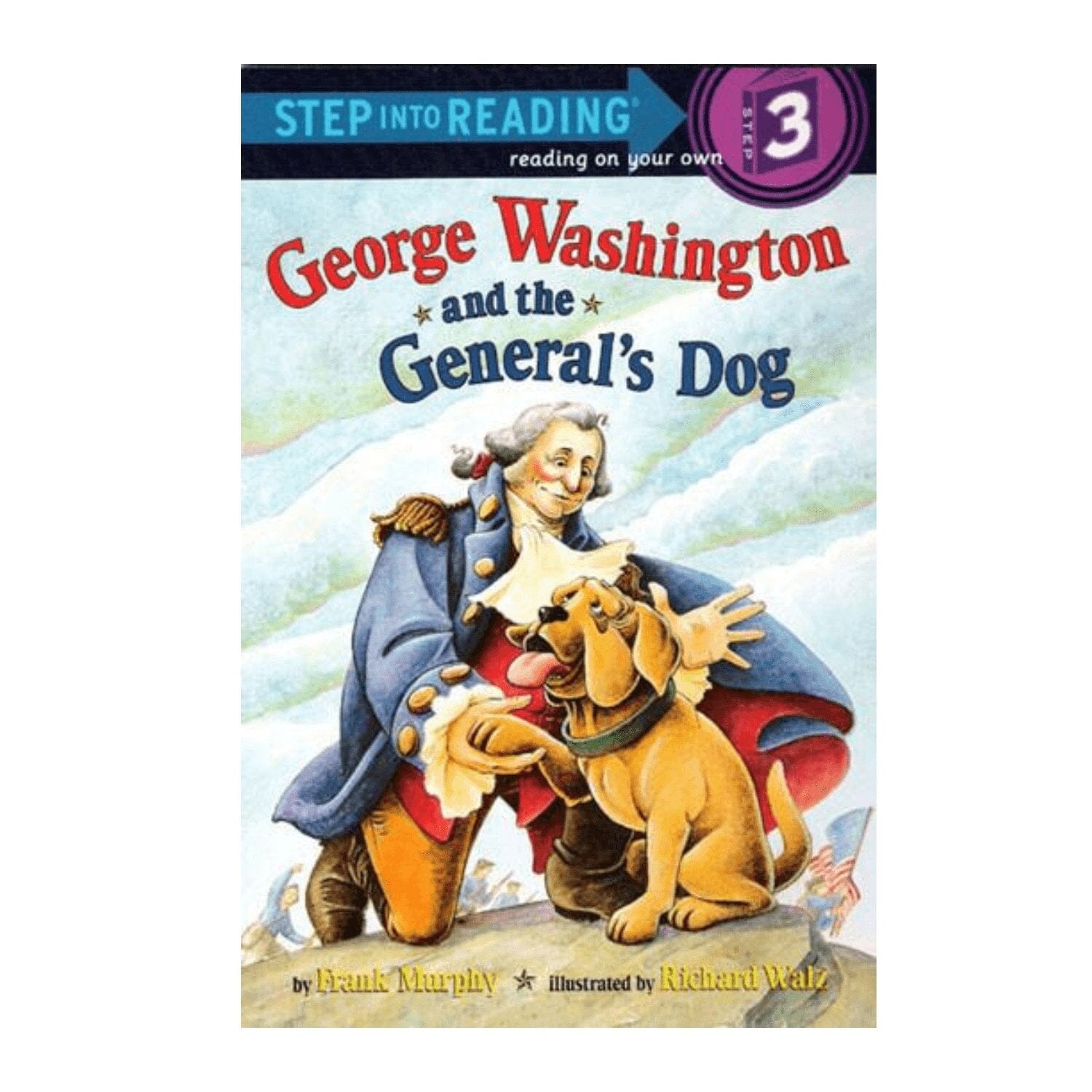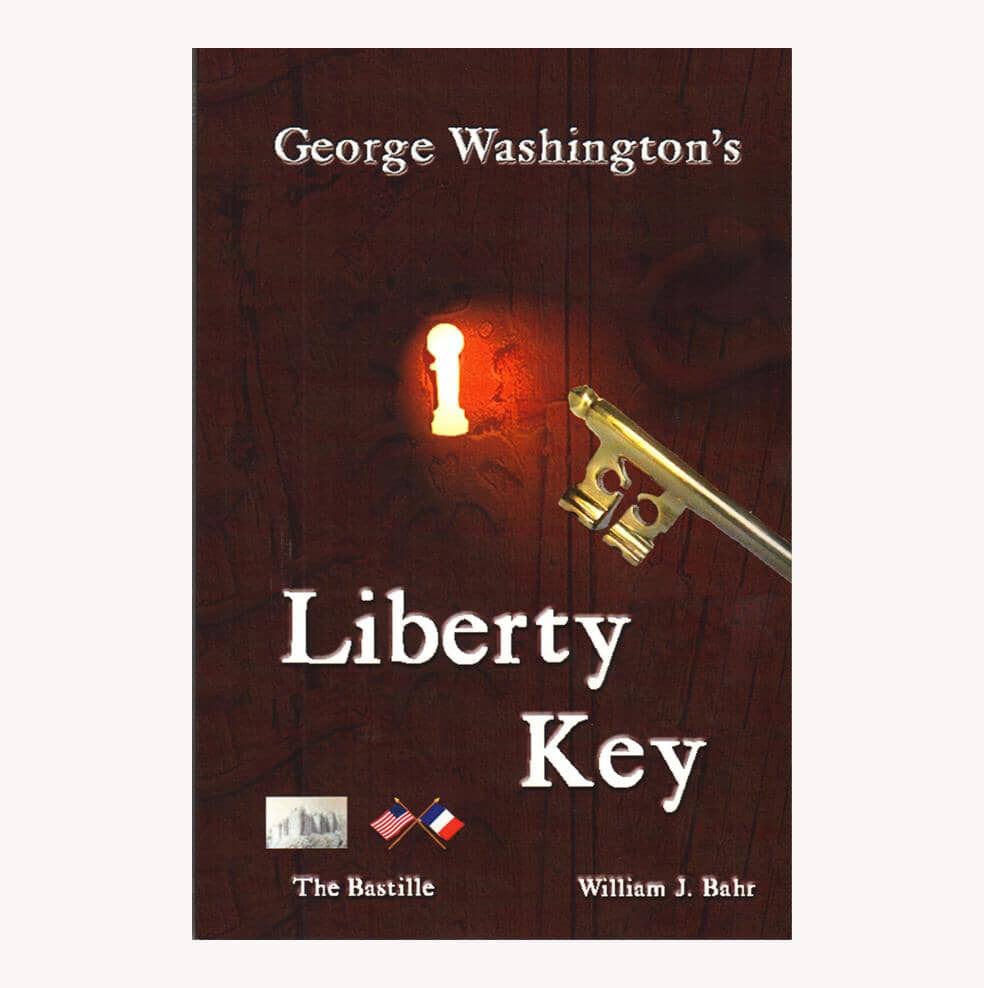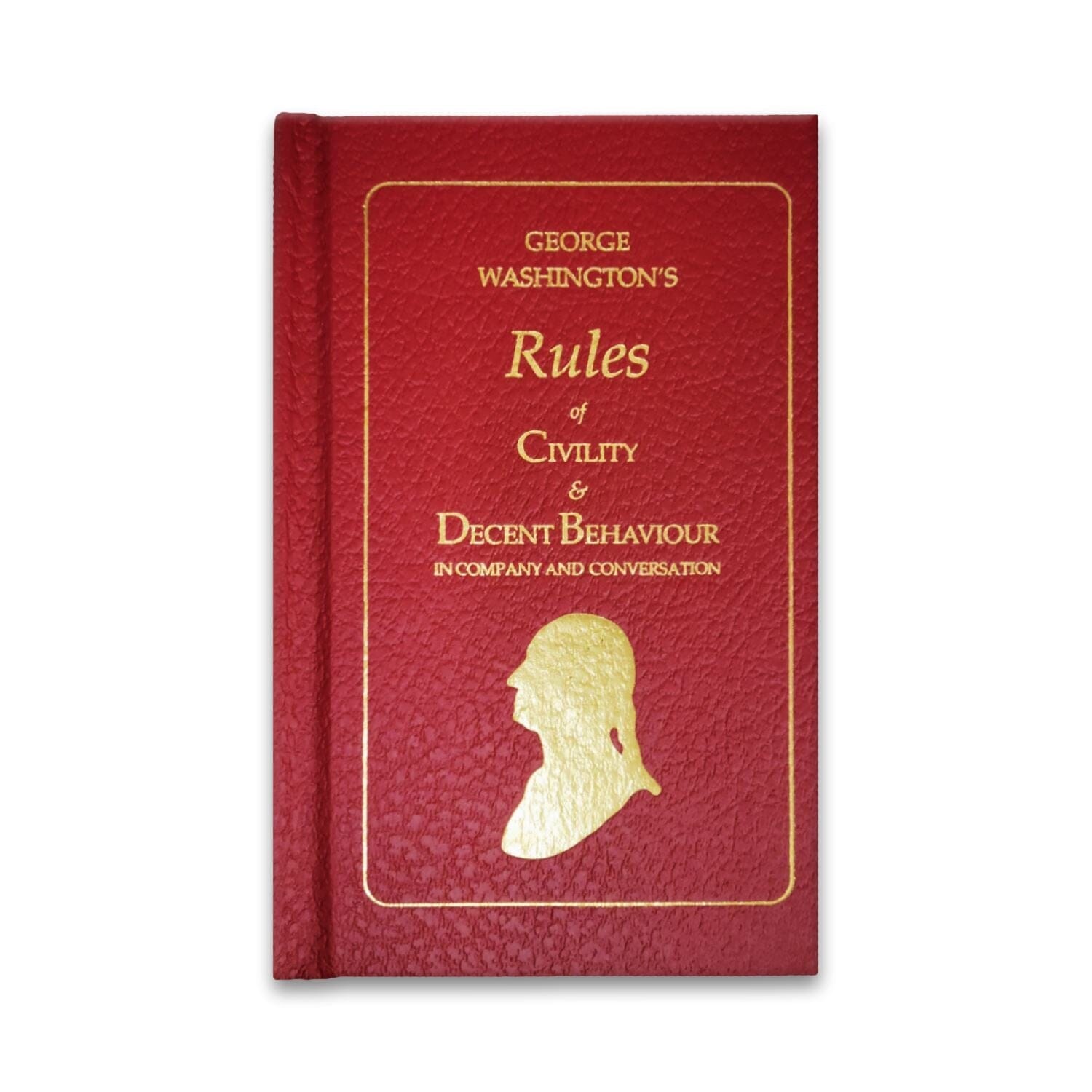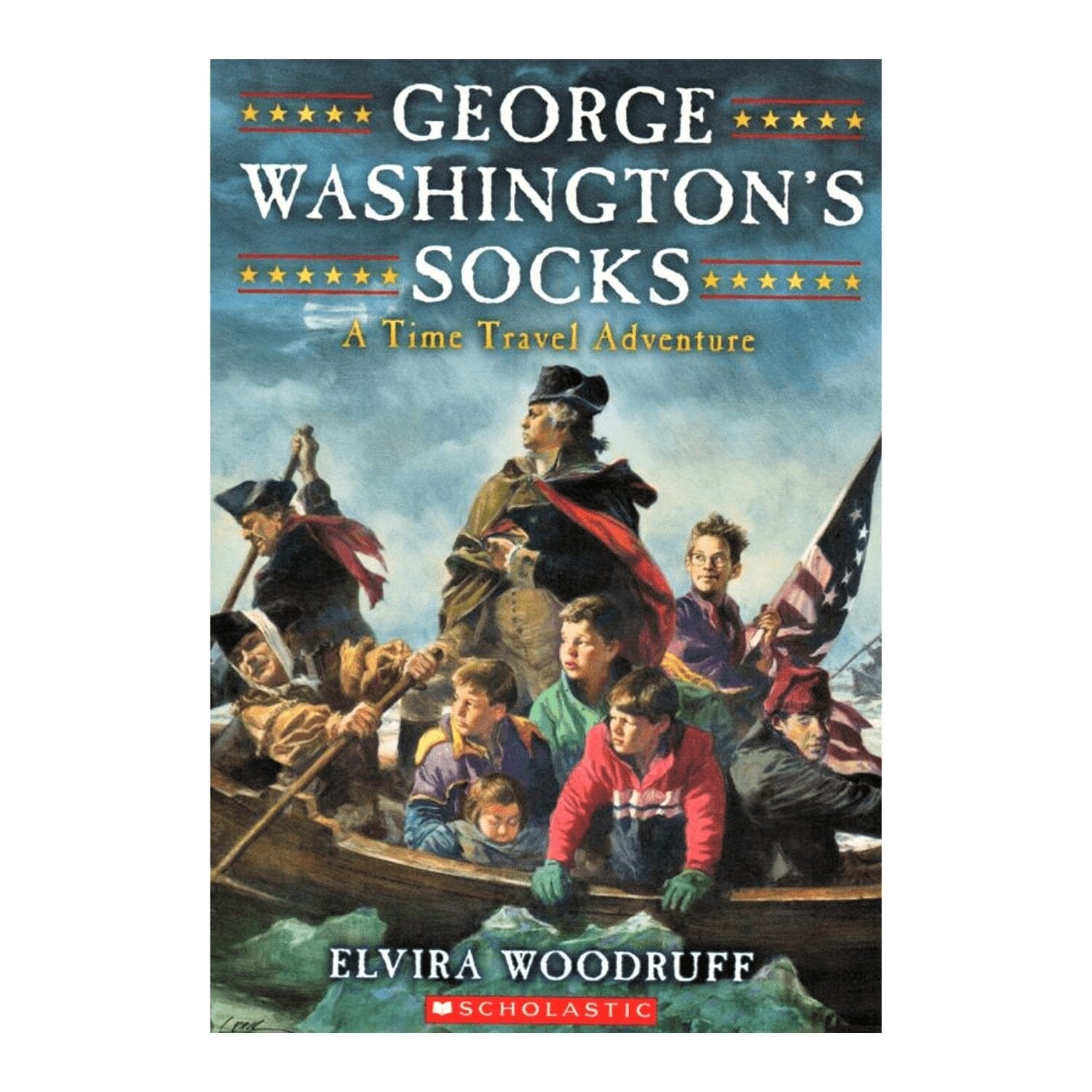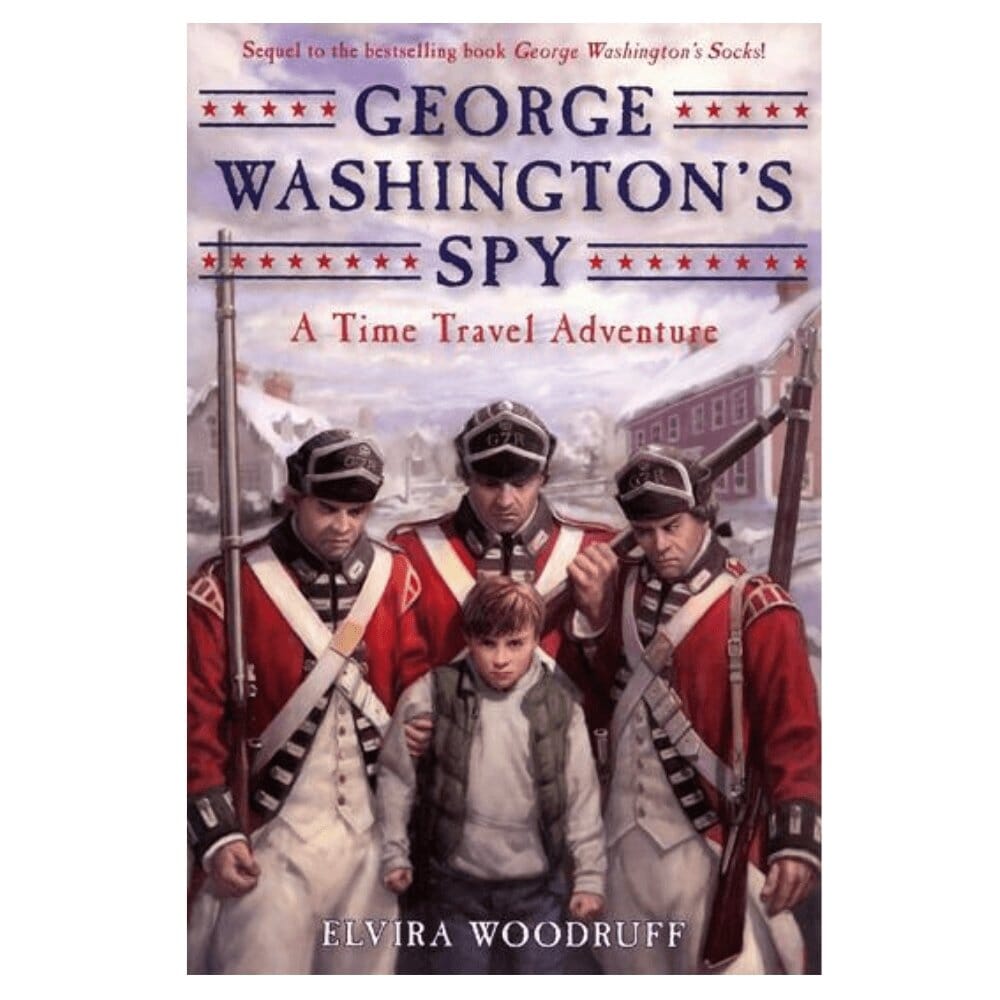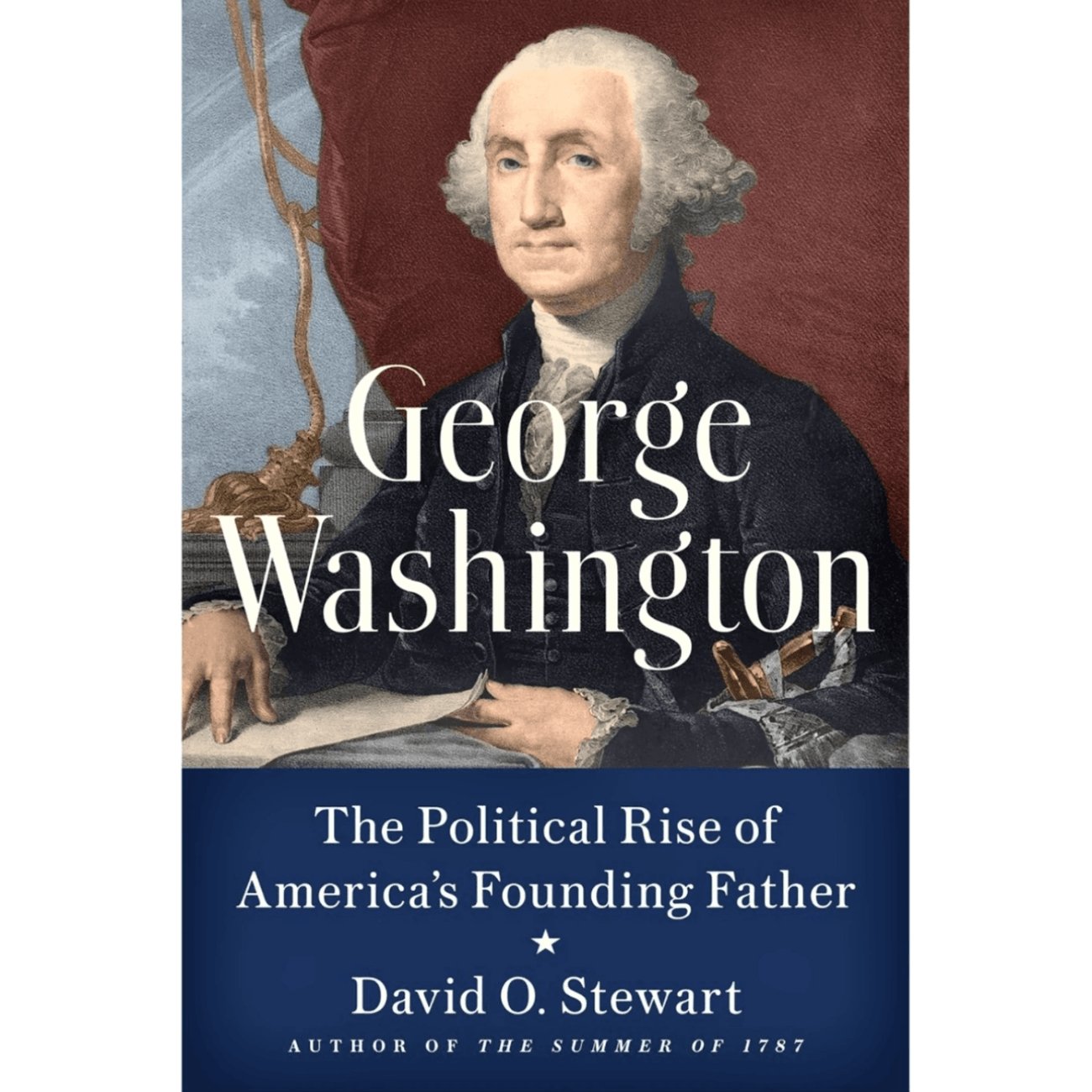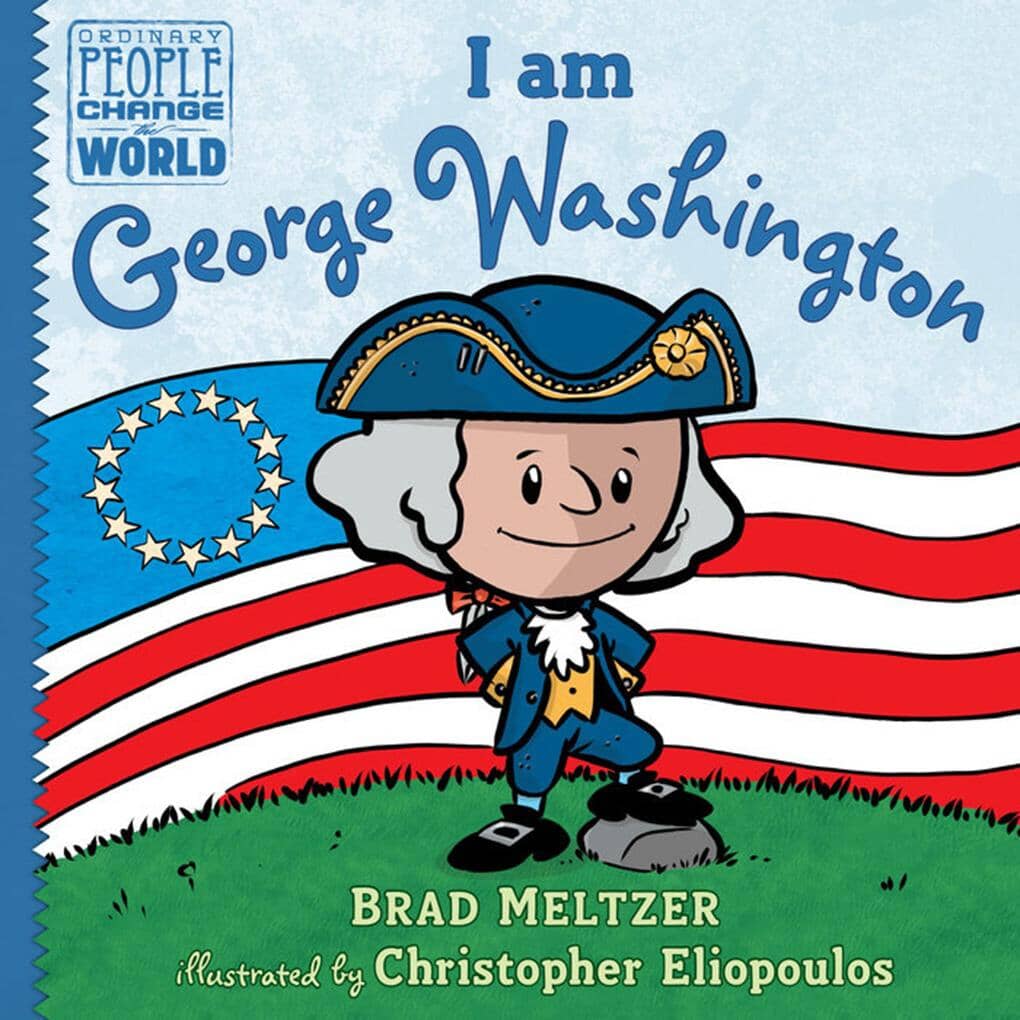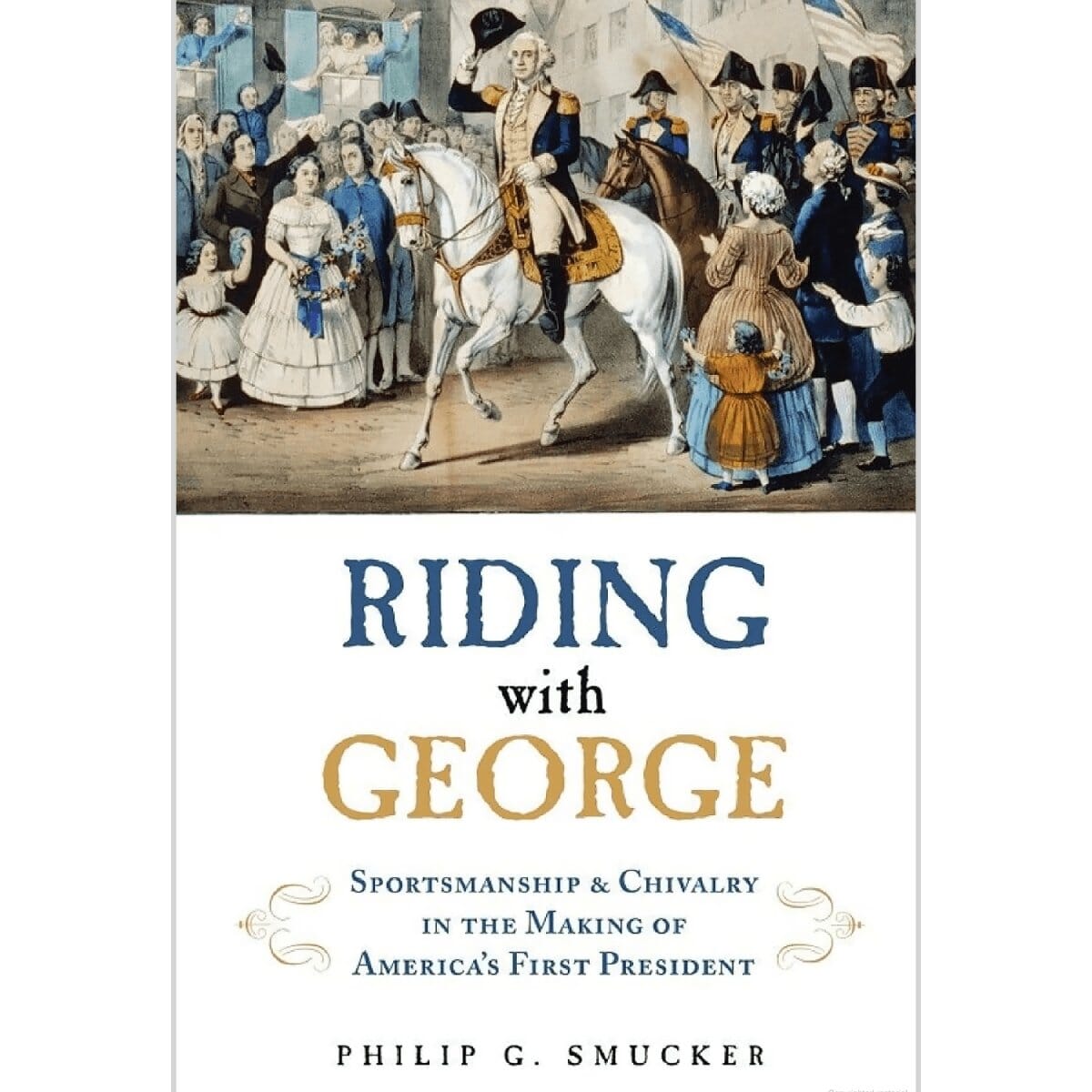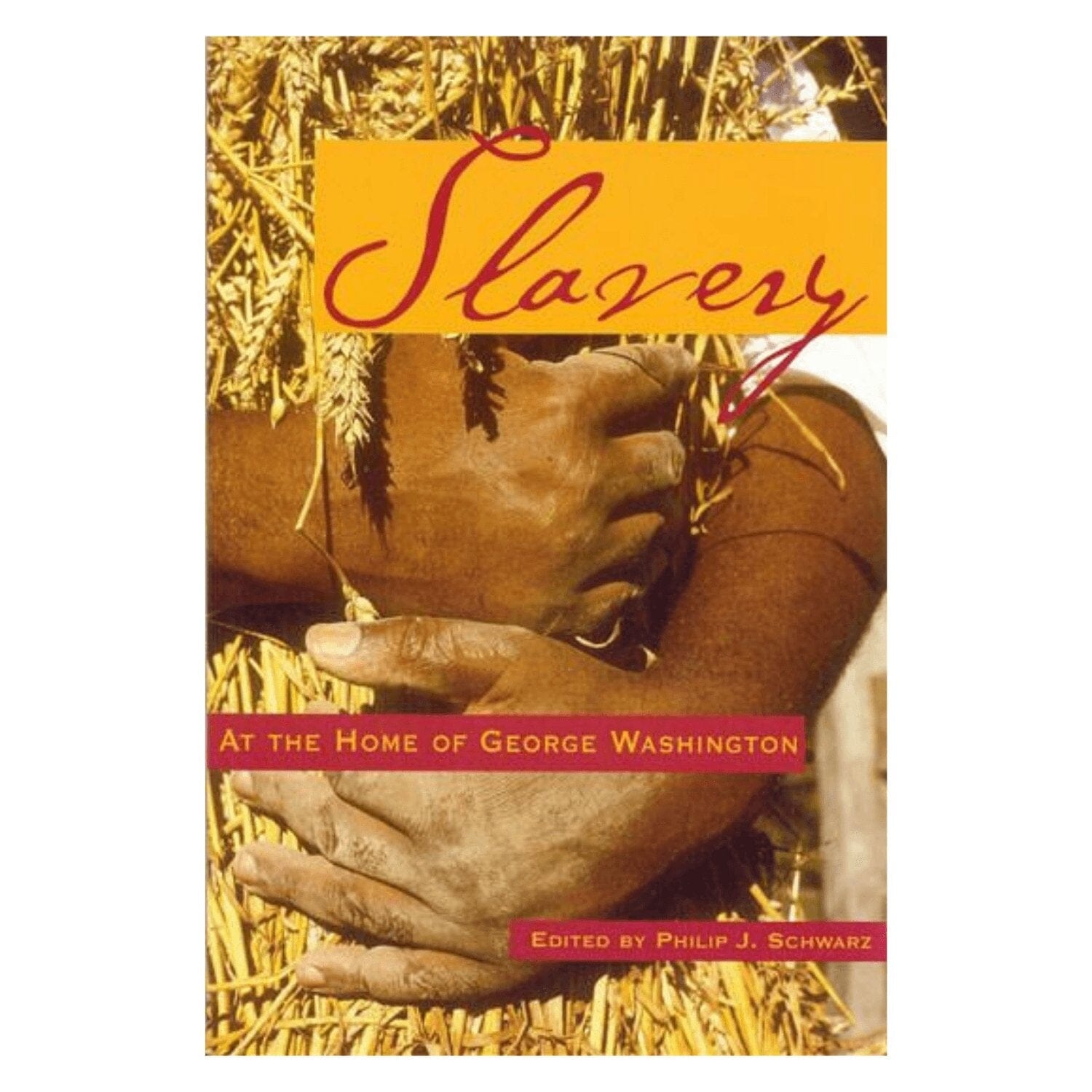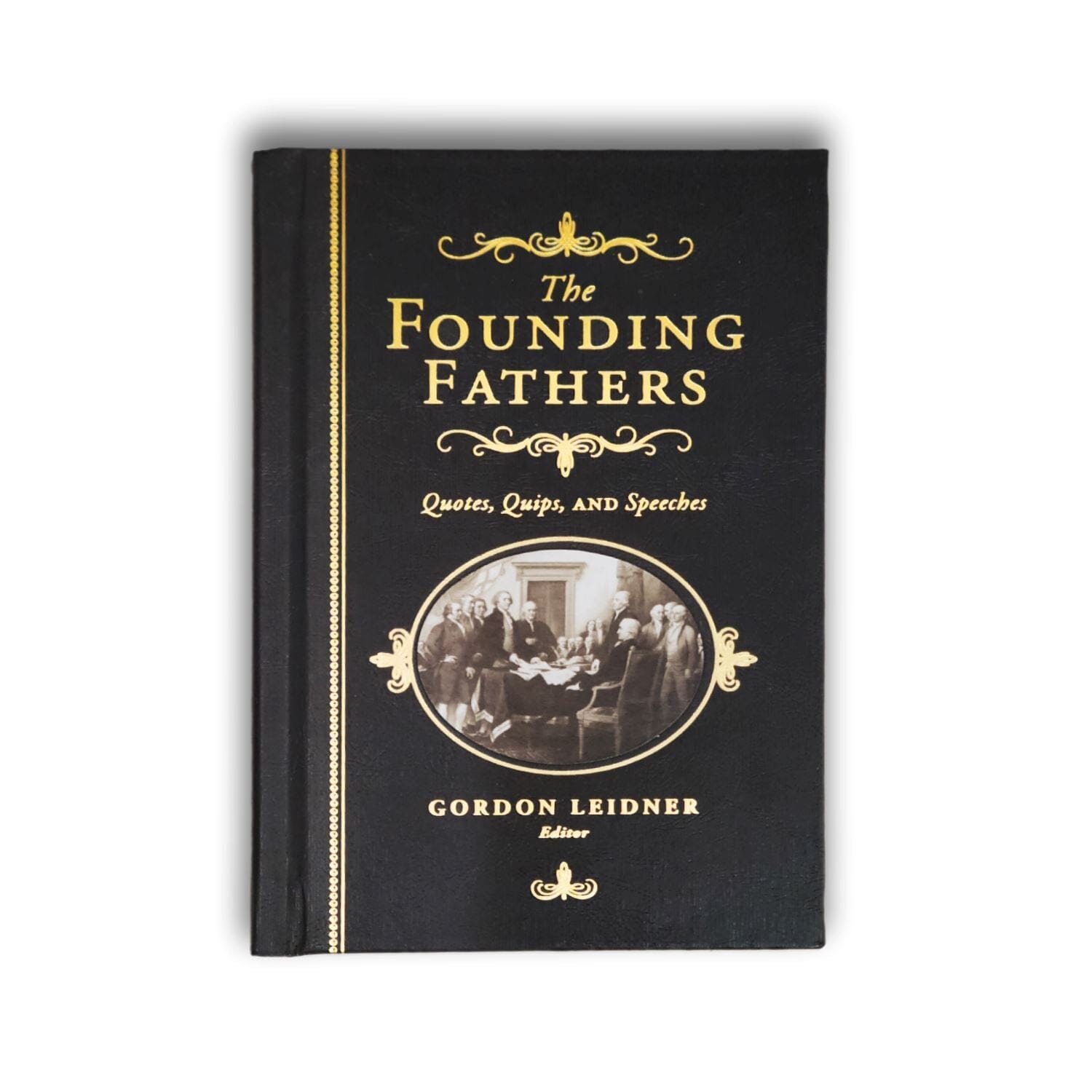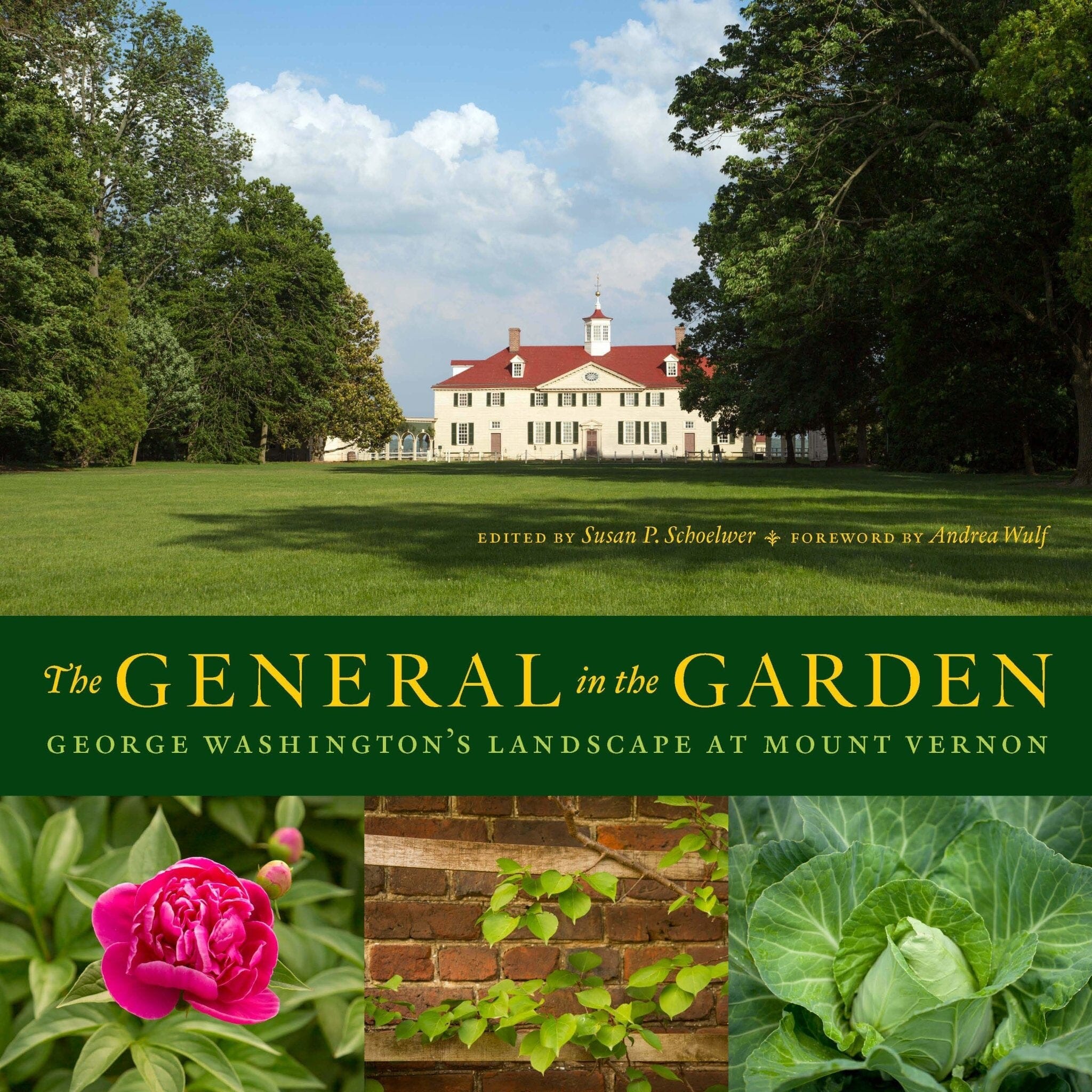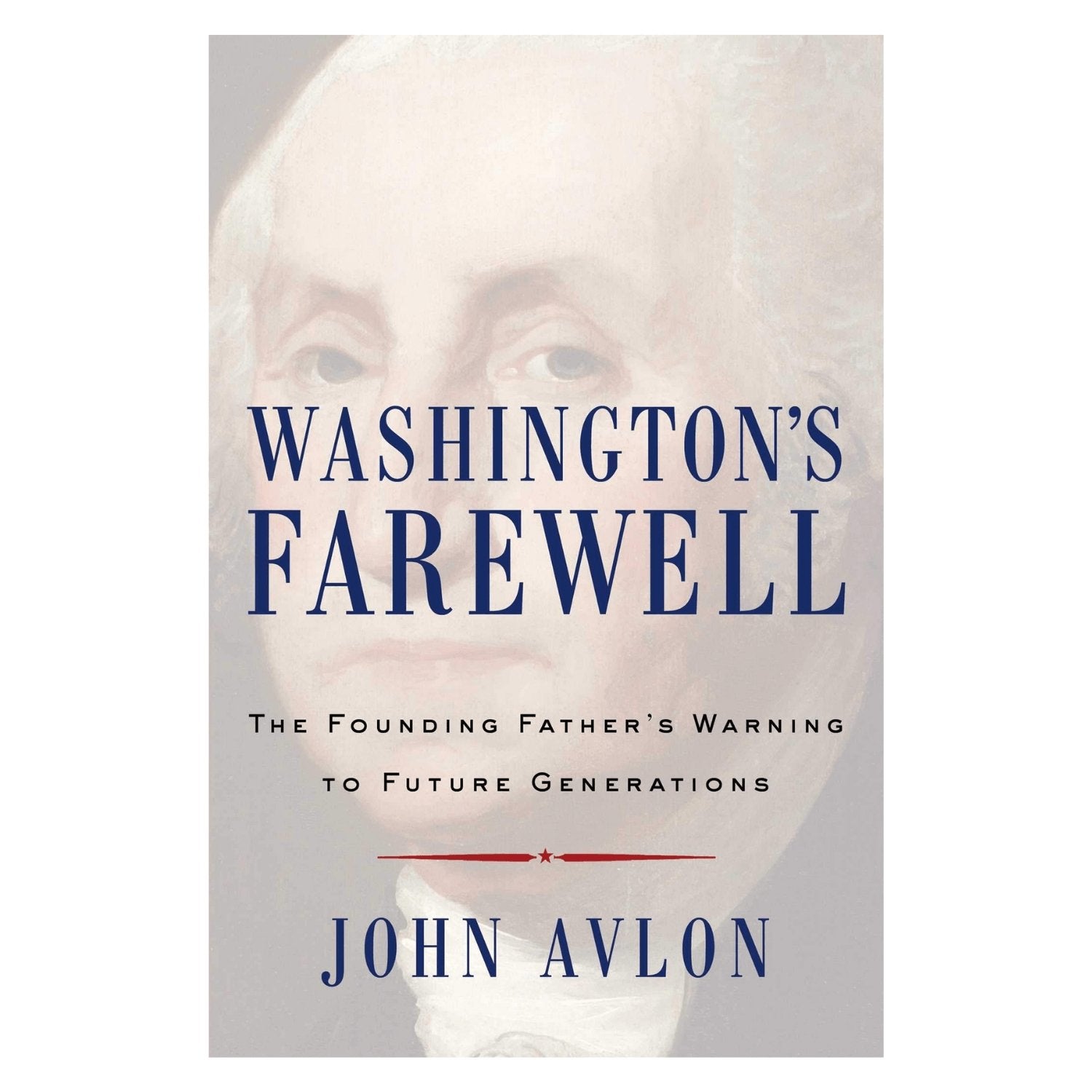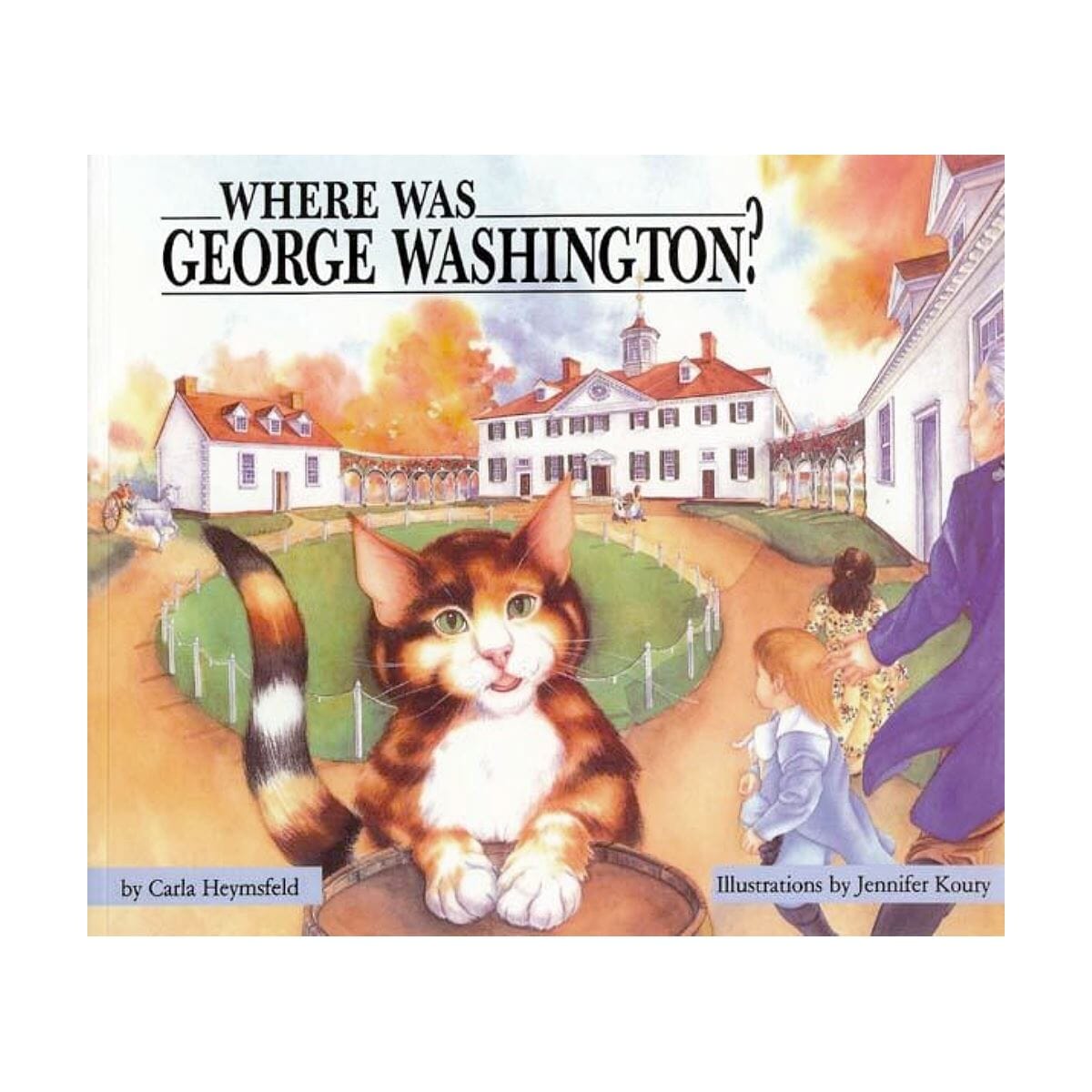Victorious general of the American Revolution, the first President of the United States, successful planter and entrepreneur. Explore the life and legacies of George Washington.
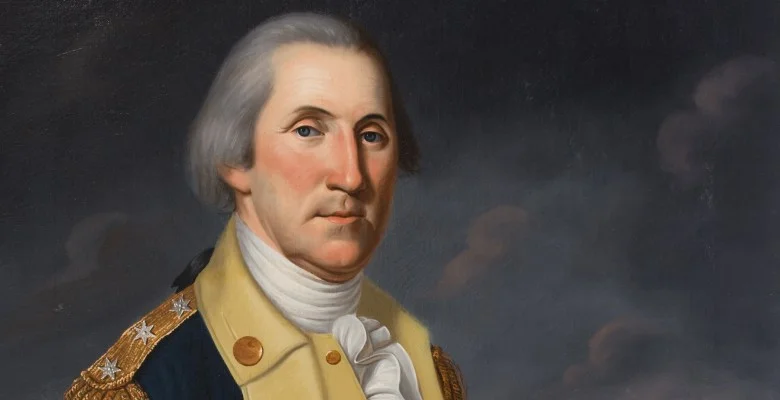
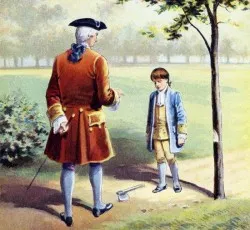
Youth
Little is known of George Washington's childhood, and it remains the most poorly understood part of his life. His early experiences working as a surveyor and in the Virginia company helped shape the man who would become the first President of the United States.
Learn more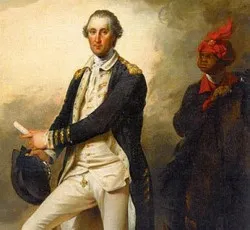
Slavery
As a young Virginia planter, Washington accepted slavery without apparent concern. But after the Revolutionary War, he began to feel burdened by his personal entanglement with slavery and uneasy about slavery’s effect on the nation.
Learn More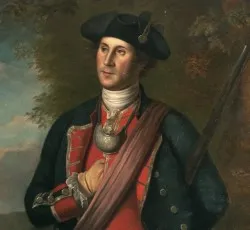
French & Indian War
George Washington's forays into the Ohio country shaped his career and sparked a global war. Learn more about Washington and the French & Indian War.
Learn More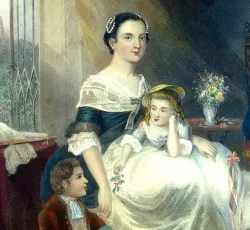
Martha Washington
Martha Washington was the first first lady of the United States and spent about half of the Revolutionary War at the front with General Washington. She helped manage and run her husbands' estates and raised her children, grandchildren, nieces, and nephews.
Learn more
Revolutionary War
Despite having little practical experience in managing large, conventional armies, George Washington proved to be a capable and resilient leader of the American military forces during the Revolutionary War.
Learn More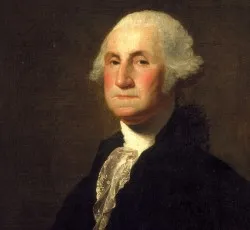
First President
Unanimously elected twice, President Washington established many crucial precedents and confronted many domestic and foreign policy challenges.
Learn More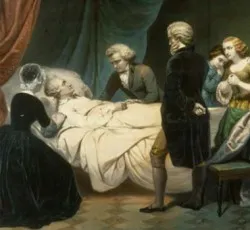
Death
On the evening of December 14, 1799, at Mount Vernon, George Washington passed away of a throat infection after riding through a wet and snowy wintry mix two days earlier.
Learn moreGeorge Washington's Resume
What would Washington's resume have looked like if he had applied for a job after the presidency?
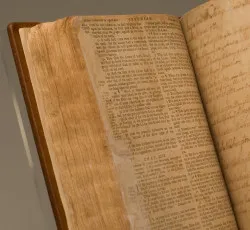
Religion
While a private man when it came to his personal religious beliefs, George Washington worked tirelessly to ensure people of all religions had the right to practice within the United States.
Learn more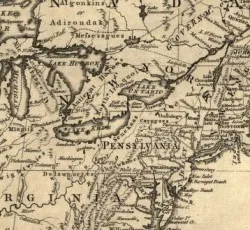
Native Americans
Washington had a complicated relationship with Native Americans. Throughout his life, Washington negotiated with and served alongside native peoples, fought against others, and sought their land for his own prosperity.
Learn more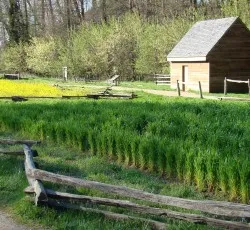
Washington the Farmer
Washington studied and implemented improved farming methods throughout his life. In fact, he thought of himself first as a farmer.
Learn more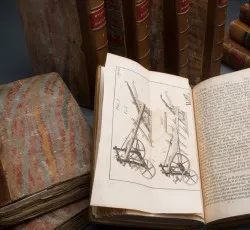
Education
Born in the Age of Reason, Washington was a part of a new generation of readers who had access to more information. He built a library that would ultimately consist of more than 1,200 titles.
Learn more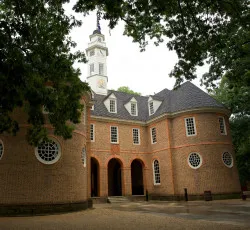
House of Burgesses
The first time George Washington ran for public office, he lost. Washington is often remembered as an established statesman, leading a new nation. However, his political career began decades early in the Virginia House of Burgesses.
Learn more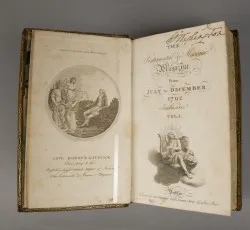
Freemasonry
Freemasonry played a role throughout George Washington's life, joining the Lodge in Fredericksburg, Virginia in 1752, through his death, where brothers of Alexandria Lodge performed Masonic rites at his funeral.
Learn more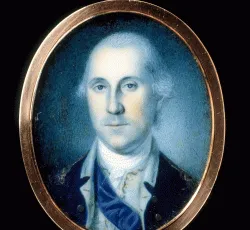
Health
Throughout his life, Washington was concerned he would die young like his father. To prevent this, he tried to live a healthy life but still encountered many illnesses.
Learn more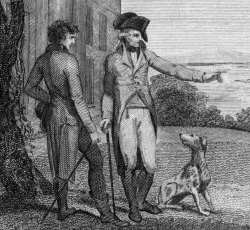
Humor
Although Washington isn't particularly known for his sense of humor, the General's correspondence and the stories of those who knew him prove that our Founding Father surely "relished wit and humour."
Learn more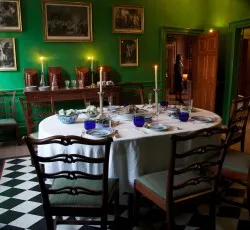
Food at Mount Vernon
Learn about the food traditions of the Washingtons and the enslaved at Mount Vernon.
Learn more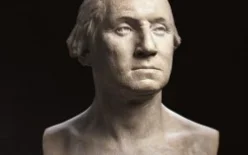
Washington Facts
What did his voice sound like? Was he really a good dancer? Separate fact from fiction and learn more about the real George Washington.

Washington as Bookkeeper
George Washington personally kept fastidious financial records throughout his life, an impressive feat considering the size of his business enterprise.
Learn more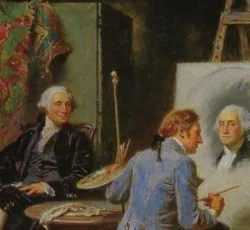
Washington in Art
Explore the many artistic depictions of Washington and the artists who sought to capture his likeness for posterity.
Learn moreThe Washington Family
Although George Washington never had any children of his own, he did have a rather large family, comprised of his many siblings, step-children, and step-grandchildren.
George Washington's Immediate Family
| Father Augustine Washington (1694-1743) |
Mother Mary Ball Washington (1708-1789) |
| Brothers Samuel Washington (1734-1781) John Augustine Washington (1736-1787) Charles Washington (1738-1799) |
Sisters Betty Washington Lewis (1733 - 1797) Mildred Washington (1737-1740) |
| Half-Brothers Butler Washington (1716-1716) Lawrence Washington (1718-1752) Augustine Washington Jr. (1720-1762) |
Half-Sister Jane Washington (1722-1734) |
| Wife Martha Washington (1731-1802) |
Biological Children None |
| Step Children Daniel Custis (1751–1754) Frances Custis (1753–1757) John "Jacky" Parke Custis (1754–1781) Martha "Patsy" Parke Custis (1756–1773) |
Step Grandchildren Elizabeth "Eliza" Parke Custis Law (1776–1831) Martha Parke Custis Peter (1777–1854) Eleanor "Nelly" Parke Custis Lewis (1779–1852) George Washington "Washy" Parke Custis (1781–1857) |
George Washington Quotes
Did George Washington really say that? Find out in our quotable database.
